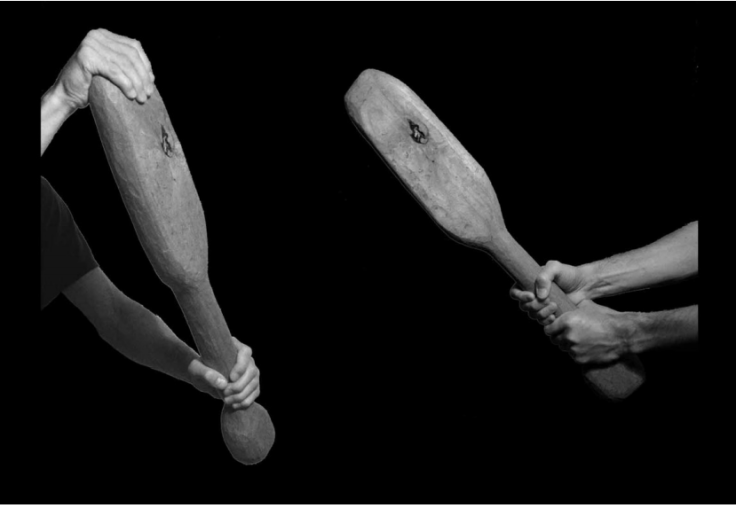Thames Beater: Was this Neolithic tool mankind's first weapon?
The beater would have likely been used only when there was a clear intent to kill.

The "Thames Beater", a club found buried near the north Bank of the River Thames, was carved out in a way that made it a formidable weapon that could possibly kill a human with a single blow.
Researchers wanted to gain an understanding of violence during the Neolithic period and they found that a weapon like the Thames Beater would have likely been used only when there was a clear intent to kill.
The club has been dated to around 3530-3340 BC, and according to a report by phys.org (PO), it had clearly been made as a weapon. A team of researchers from the University of Edinburgh set about studying just how lethal the beater was, and to learn more about what kind of damage this rudimentary club could cause.
Made of wood, the beater has an intentionally carved out blade, barrel, and pommel, resembling a short and stout oar. Since the team could not use the beater itself – it was the only specimen found– a replica with roughly the same dimensions was made.
The replica club was almost 65 cm long and weighed just over a kilogram. To test the club's lethality, a military ballistic test dummy was used. The dummy's "skull" was made of polyurethane, filled in with gelatin, and wrapped in a rubber skin. The bashing of the dummy was carried out by a male volunteer around the age of 30.
The beater wielding combatant then proceeded to bash the skull in as if he was fighting for his life, notes PO. The results of the experiment proved that it was indeed possible to kill a person with the beater. Considering the fact that humans of that time were a lot stronger than people today, it can be said that the Thames Beater, was, in fact a formidable weapon.
Two kinds of strikes were studied. One was a two-handed strike, holding the beater like a cricket bat, and one was a downward, bashing using the pommel to strike the head of the victim.

Results of the test were as expected because there are many instances of skeletal remains with broken skulls found before, notes the paper put out by the university. The weapons used by people of that time, might as well have been a Beater.
Researchers were also able to match the cracked skull of a Neolithic person to the wound created by the test beater on the dummy, suggesting that the person died of a strike to the head with what was likely a real Thames Beater.





















